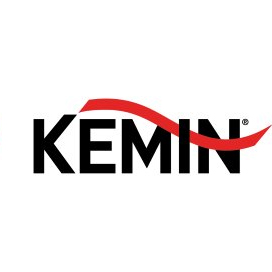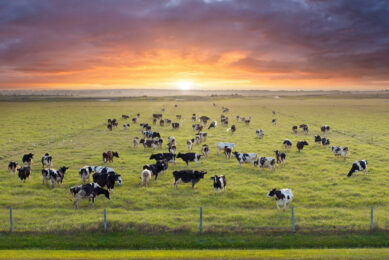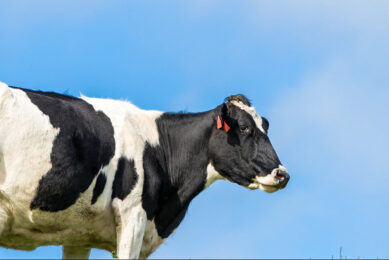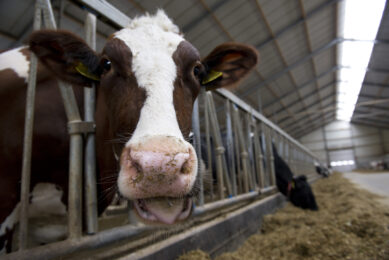Happy hooves can make you happy
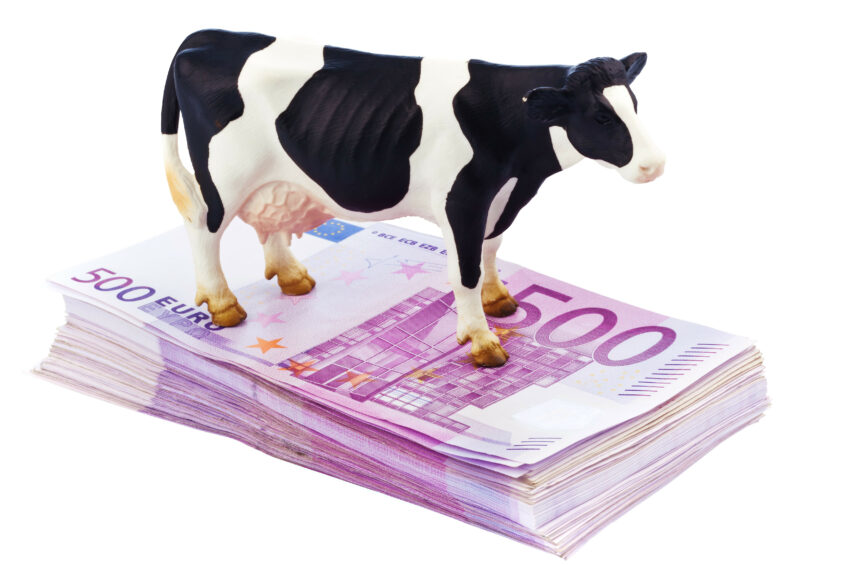
Lameness in the dairy cows is a major cause of suffering and economic loss with up to 52% (average 20-25%) of cows becoming lame each year. Approximately, 95% of lameness in dairy cattle occurs in the feet. Hooves are one of the most important parts of the cow’s body as it holds the weight of around 700kg cow’s body. If hoof health is compromised, it can have a severe economic loss to the dairy business.
Cha et al., (2010) calculated the cost of different types of lameness at the individual cow level. They studied the effects of various factors (milk loss, conception rate and treatment cost) on the cost of different types of lameness. The average cost per case (US$ ) of sole ulcer, digital dermatitis and foot rot is mentioned in Table 1.
Detecting lameness
To reduce lameness, farmers need to be aware of the number of lame cows and the severity of lameness in their herd. The commonly accepted methodologies to quantify lameness rely on spotting changes in gait, posture or behaviour of the cows. In practice, this is done using subjective methods such as visual observations leading to locomotion scorings by the farmer, a veterinarian or an agricultural consultant.
Subjective scoring is quick to apply, inexpensive and easy-to-use. As many as 25 different visual scoring systems are available. Most of them are based on assessing walking cows, but they differ with respect to the scale used, the gait characteristics and postures considered and the definition of lameness applied. The used scales range from binary (lame versus non-lame) to continuous (1 to 100). On a 5-point scale from 1 to 5, cows with a score > 3 are typically defined as being clinically lame.

Factors affecting lameness
Factors affecting lameness and locomotion include, but are not limited to nutrition, feeding strategies, wetness, abrasive or slippery floor surfaces, health events, inappropriate genetic selection, accelerated breeding protocols, poor periparturient management and farmer awareness knowledge and skills. During the last 10 to 15 years, more attention has been given to the influence of vitamins and trace minerals on hoof health and in prevention of claw diseases. The highly active horn producing epidermal cells depend on a sufficient and balanced supply of nutrients and oxygen. In case of trace minerals, particularly zinc is mostly studied.
Zinc (Zn) is a component of over 200 enzymes, several of them involved in the processes of horn production. Zinc plays a role in formation of the structural keratin proteins. Several studies have shown that zinc improves claw integrity. In a yearlong study, cows fed an additional 200mg/d of zinc had fewer cases of foot rot, heel cracks, interdigital dermatitis and laminitis than cows not fed zinc.
Source of zinc supplementation
Source of zinc supplementation matters a lot to realise the net benefit. The major concern with source of zinc is its lower retention in animal body and higher excretion through urine and faeces. If the supplemental zinc is excreted in the environment, it not only affects profitability of the farmer but also create concern for the environmental pollution. In Europe, it is identified that zinc excretion in to the environment through animal nutrition is 14,599 tonne in a year (EFSA Journal, 2014). EFSA is aiming to reduce 20% zinc excretion in the environment coming through animal nutrition.
In a research trial conducted on lambs, 93% Zn was excreted in Zinc sulfate group where as in the KemTRACE Zn MP group, 75.1% zinc was excreted. The net retained zinc (mg/kg) was significantly higher in KemTRACE Zn MP group, see Table 2. Lameness has a detrimental effect on herd productivity. The role of zinc in prevention of lameness is well known. A superior bio available source of zinc can be supplemented to overcome challenge of lameness and improve profitability.
Join 13,000+ subscribers
Subscribe to our newsletter to stay updated about all the need-to-know content in the dairy sector, two times a week.


